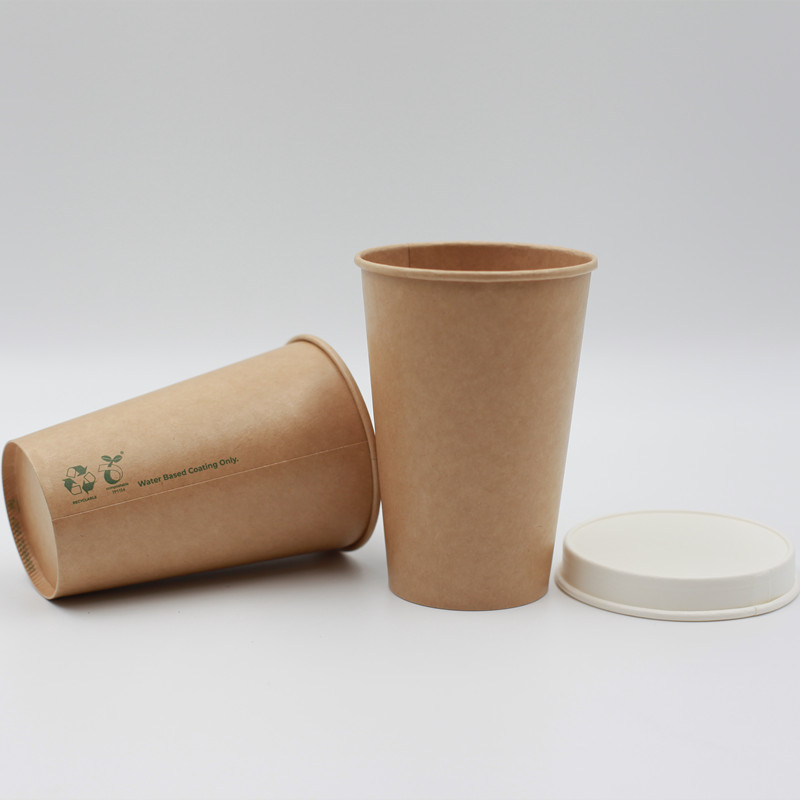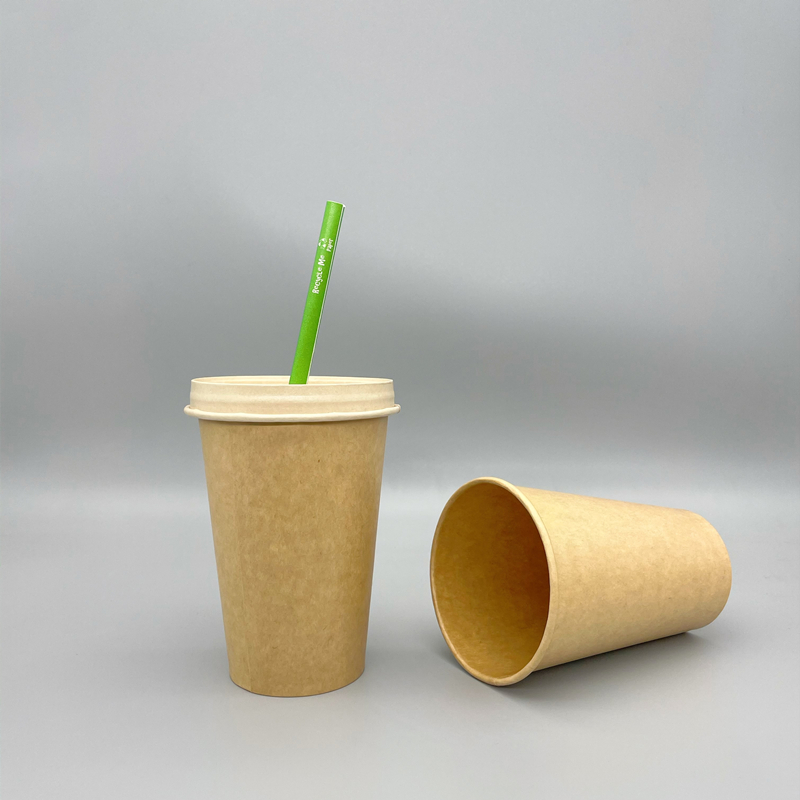Water-based coated barrier paper cups are commonly used to hold hot and cold beverages, but a question that often arises is whether these cups are safe to use in the microwave.
In this article, we'll take an in-depth look at the characteristics of water-based coated barrier paper cups, their microwave safety, and factors to consider when using them in the microwave. Water-based coating barrier paper cups are usually made of paperboard coated with a thin layer of water-based polymer. The coating acts as a barrier to prevent liquids from penetrating the cardboard, ensuring the cup remains strong and leak-proof.
Water-based paints are usually made from materials such as polyethylene (PE) or a combination of polyethylene and polylactic acid (PLA). These materials are considered safe for food contact because they do not release harmful chemicals into beverages. When using water-based coatings to barrier paper cups in the microwave, it is important to understand how they respond to heat. Microwaves work by emitting electromagnetic radiation that excites water molecules in food, generating heat. While paper cups are generally microwave safe, the presence of a water-based coating may present additional considerations. The safety of using water-based coatings to barrier paper cups in the microwave depends on several factors.
First, the packaging or label of the cup must be checked to see if it is clearly marked as microwave safe. If a mug does not have this label or any microwave specific instructions, it is recommended to assume it is not suitable for microwave use.The ability of water-based coatings to block paper cups from microwaves also depends on the thickness of the coating and the duration and intensity of heat exposure. Thicker coatings may be less heat resistant and may melt or warp more easily.
Additionally, prolonged exposure to high heat can cause the cardboard to weaken or char, compromising the integrity of the cup and potentially causing it to leak or collapse. In order to mitigate the risks associated with microwave water-based coated barrier paper cups, it is important to follow some guidelines. First, avoid using the microwave to heat or reheat beverages in these mugs for extended periods of time. It is generally considered safer to heat for a short time (for example, 30 seconds or less) than to heat for a long time.
Also, it is recommended to reduce the power setting of the microwave when using water-based coated barrier paper cups to ensure a gentler, more controlled heat exposure. In some cases, the manufacturer may provide specific instructions for microwaving water-based coated barrier paper cups. Such instructions may include recommendations for the maximum duration or power level to use when heating liquids. These guidelines must be read and followed carefully to ensure safe use of mugs in the microwave.


Another aspect to consider when microwaving water-based coated barrier paper cups is the type of beverage or liquid being heated. Liquids high in sugar, fat, or protein are more likely to heat quickly and reach boiling temperature. This rapid heating can cause the water-based coating to melt or deform, potentially compromising the structural integrity of the mug.
Also, it's worth noting that heat distribution in microwaves can be uneven. This uneven heating can cause some areas of the mug to reach a higher temperature than others, causing potential problems with water-based coatings. To minimize these risks, periodically stirring the liquid during microwaving can help distribute heat more evenly and avoid localized hot spots.
In summary, the microwave safety of water-based coating barrier paper cups depends on many factors, including the specific cup structure, coating thickness, duration and intensity of heating, and the type of liquid being heated. While some water-based coated barrier paper cups may be labeled as microwave safe, it is generally safer to assume that they are not suitable for microwave use unless expressly stated otherwise. To ensure safe use of water-based coated barrier paper cups in the microwave, it is important to follow the cup manufacturer's instructions and recommendations.
In addition, if not specifically directed, caution is advised by shortening the heating time, lowering the power setting in the microwave, and avoiding heating or reheating beverages that are high in sugar, fat, or protein. When in doubt, it's best to transfer beverages to microwave-safe containers to avoid the potential risks of using water-based coatings to insulate paper cups in the microwave. Taking these precautions will help ensure the safety and integrity of the cup while providing a convenient and enjoyable drinking experience.
You Can Contact Us:Contact Us - MVI ECOPACK Co., Ltd.
E-mail:orders@mvi-ecopack.com
Phone:+86 0771-3182966
Post time: Jul-13-2023










